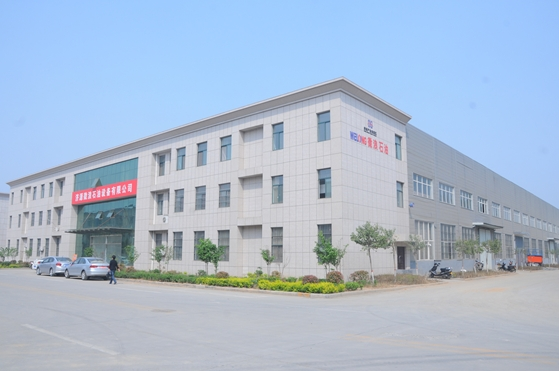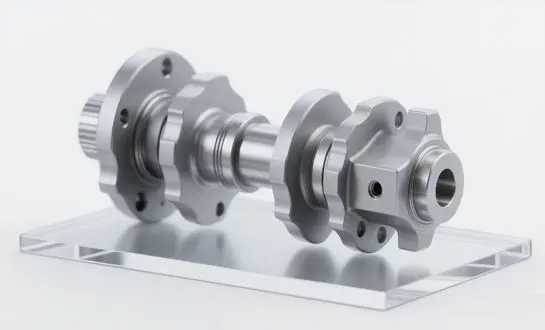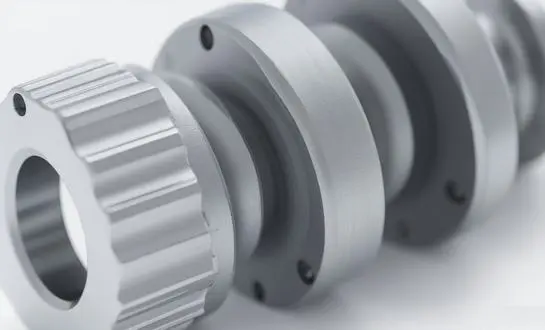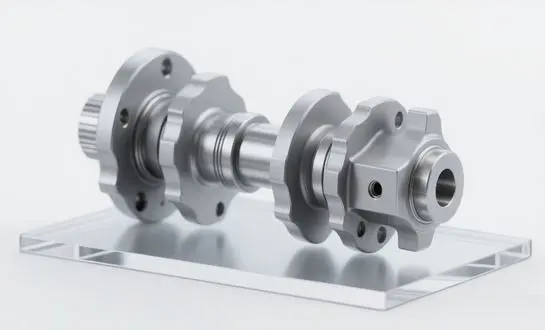Choosing the right blowout preventer (BOP) is critical for safe and efficient drilling operations. The decision between an annular BOP and ram BOP depends on your operational requirements, budget control, and quality assurance needs. Annular BOPs excel in versatility and adaptability because they seal around various pipe sizes and shapes, offering dynamic pressure control and reducing downtime during well control scenarios. If your operation demands consistent sealing around irregular drill strings or you need a reliable annular seal mechanism capable of handling varied well configurations, then annular BOP is your best option.

Annular BOP vs Ram BOP: Understanding the Core Differences
To make an informed decision, understanding the distinctions between annular and ram blowout preventers is essential. This impacts safety, operational efficiency, and cost-effectiveness.
- Sealing Mechanism: Annular BOP uses a flexible elastomeric packing element that compresses to seal around different pipe sizes or an open hole. Ram BOP utilizes solid rams that seal by closing directly onto a pipe or creating a blind shear seal.
- Versatility: Annular BOPs adapt to various pipe diameters, while ram BOPs require specific rams for different pipe sizes.
- Operational Usage: Annular BOPs are generally mounted at the top of the BOP stack for quick closure and generalized sealing; ram BOPs are positioned lower for precise pipe sealing, shearing, or blind well sealing.
Data from industry tests* show that annular BOPs maintain sealing pressure up to 15,000 psi across varied pipe sizes, while ram BOPs achieve higher sealing pressures (~20,000 psi) but with limited pipe-size flexibility.
If you require adaptable sealing for multiple pipe dimensions and minimal maintenance downtime, annular BOPs are more suitable. Conversely, if you need maximum shear capability or blind sealing, ram BOPs are preferable.
Pros and Cons of Annular Blowout Preventers
| Advantages | Disadvantages |
|---|---|
|
|
If you need operational flexibility and quick sealing adaptability, annular blowout preventers are advantageous. However, when pipe shearing or blind closure is critical, ram BOPs complement the system.
Applicable Scenarios of Ram Blowout Preventers
Ram BOPs are indispensable for specific well control tasks, such as shearing through drill pipe or providing a tight seal when the wellbore is empty. Types include pipe rams, blind rams, shearing blind rams, and variable bore rams, tailored to various drilling needs.
- Pipe Rams: Seal around a specific pipe size; useful for maintenance and plugging operations.
- Blind Rams: Seal off the wellbore when no pipe is present.
- Shearing Rams: Cut through the drill pipe and seal afterward; vital during emergency shutoff situations.
- Variable Bore Rams: Adaptable to different pipe sizes; useful when working with varying tubulars.
If your drilling operation requires emergency pipe shearing or precise blind well sealing, ram BOPs are more suitable. For general well control and pipe-size flexibility, annular BOPs perform effectively.
Advantages of WELONG's Annular Blowout Preventer
When selecting annular BOPs, WELONG delivers exceptional value through:
- Variety of Products: WELONG offers a broad range of annular BOP models to fit diverse well control scenarios, including hydraulic and spherical designs.
- Reliable Quality: Our annular BOPs undergo strict ISO 9001:2015 and API 7-1 certified testing, ensuring durability and dependable sealing performance under pressures exceeding 15,000 psi.
- Competitive Pricing: Get top-tier well control equipment at reasonable costs, balancing upfront investment with long-term maintenance savings.
- Customer Service: WELONG provides responsive technical support and tailored after-sales service, helping you optimize equipment uptime and rig safety.
- Enhanced Safety and Reliability: Our aftermarket annular BOPs deliver performance equivalent to new units, reinforcing rig safety and pressure regulation during critical drilling operations.
- Reduced Downtime and Maintenance Costs: Precision engineering and robust materials minimize maintenance frequency, accelerating drilling operations while controlling budget.
- Increased Operational Efficiency: Designed for smooth mud circulation and wellhead pressure containment, our annular BOPs bolster overall well integrity and drilling fluid management.
If your priority lies in securing annular seals adaptable for complex well geometries while maintaining cost control, WELONG's annular blowout preventers provide an optimal solution.
How Does an Annular Blowout Preventer Work?
The heart of an annular BOP is its elastomeric packing element, which compresses inward to create a seal around the drill pipe, casing, or an open hole. Hydraulic pressure actuates the piston, pushing the packing element to form a pressure-tight annular seal.
This sealing mechanism withstands dynamic pressures and wellbore fluid conditions, maintaining well integrity under emergency shutoff or pressure regulation scenarios. The simplicity of its design results in efficient mud circulation and continuous well control.
If your operations demand reliable well containment with variable pipe sizes, the annular BOP mechanism's versatility will prove advantageous.
Tips for Preventing Annular Blowout Preventer Failures
Maintaining annular BOPs in optimal condition safeguards rig safety and controls operational risk. Consider these best practices:
- Regular Inspections and Testing: Schedule thorough inspections, including pressure tests and elastomer integrity reviews, to detect early wear or damage.
- Comprehensive Risk Assessments: Continuously evaluate design and maintenance vulnerabilities to preempt failures, especially for high-pressure offshore wells.
- Personnel Training: Train your crew on correct operation protocols and emergency procedures relevant to annular BOP use.
- Adherence to Industry Standards: Stay updated and compliant with API and ISO regulations to ensure your annular BOPs meet global safety benchmarks.
If your goal is to maximize rig safety with predictable equipment performance, rigorous maintenance and personnel education are crucial for annular BOP longevity.
Conclusion
Selecting between an annular BOP and ram BOP comes down to your drilling operation's specific well control needs, pipe size variability, and budget constraints. Annular blowout preventers offer adaptive sealing solutions ideal for versatile rig configurations and operational efficiency. Ram blowout preventers provide critical pipe shearing and blind sealing functions indispensable for emergency interventions. Partnering with a trusted Annular BOP manufacturer like WELONG ensures access to high-quality, reliable equipment with comprehensive after-sales service that supports your drilling safety and well integrity goals.
Where to Buy Annular BOP
WELONG is a leading supplier specializing in premium oilfield equipment and tailored solutions. For inquiries about high-grade annular blowout preventers designed to meet international quality standards, contact us at oiltools15@welongpost.com. Our experienced team is ready to assist you in selecting the right annular BOP to optimize your drilling operations.
References
- API 16A - Specification for Drill-through Equipment, American Petroleum Institute.
- ISO 9001:2015 Quality Management Systems - Requirements, International Organization for Standardization.
- Drilling Engineering Handbook, Edited by T. Austin and G. Downing, 2018 Edition.
- Well Control Principles and Practices, Society of Petroleum Engineers, 2020.
- Advanced Blowout Prevention Techniques, Offshore Technology Conference Proceedings, 2022.
- Oilfield Equipment Reliability Studies, Journal of Petroleum Technology, 2023.




